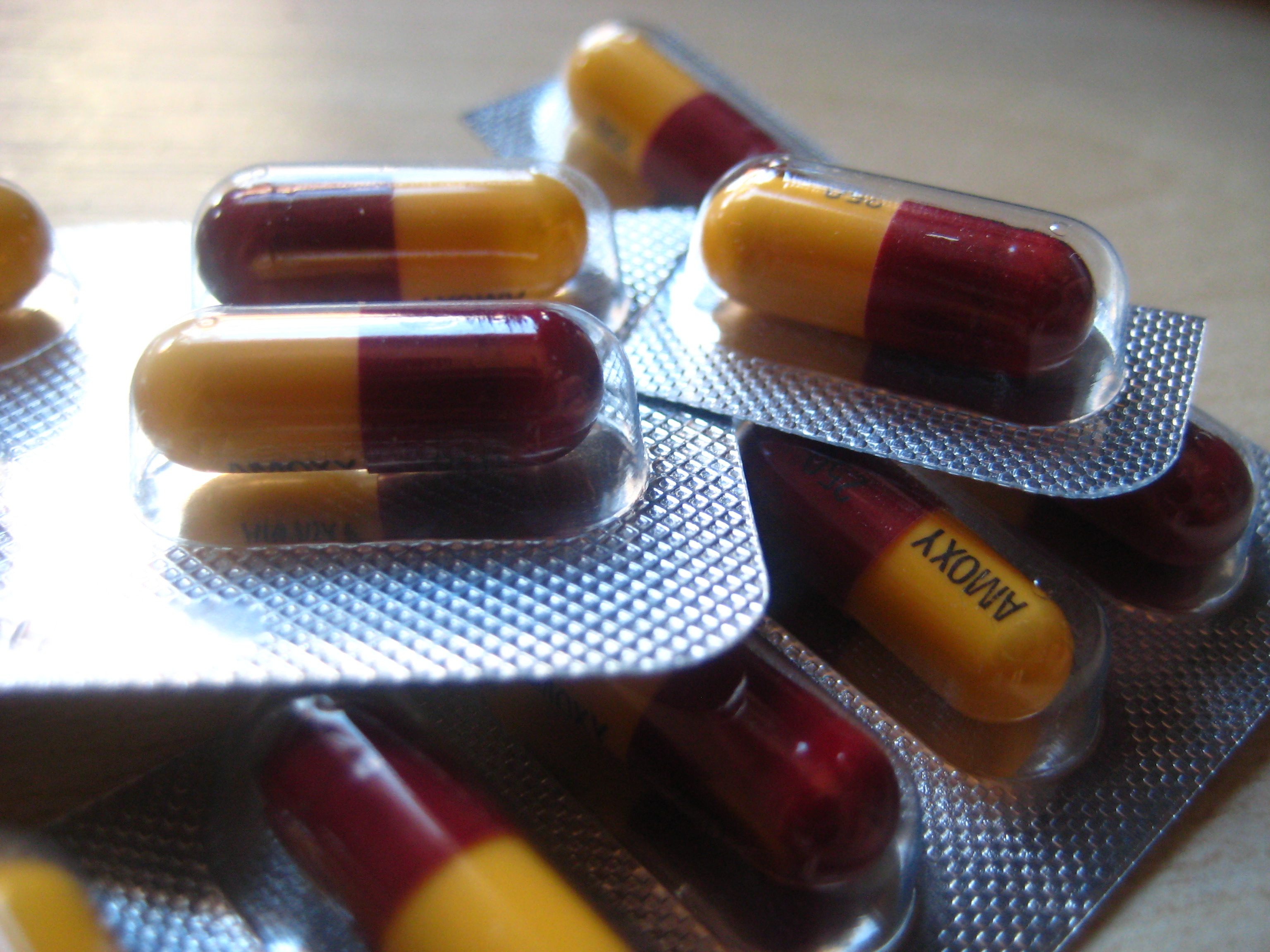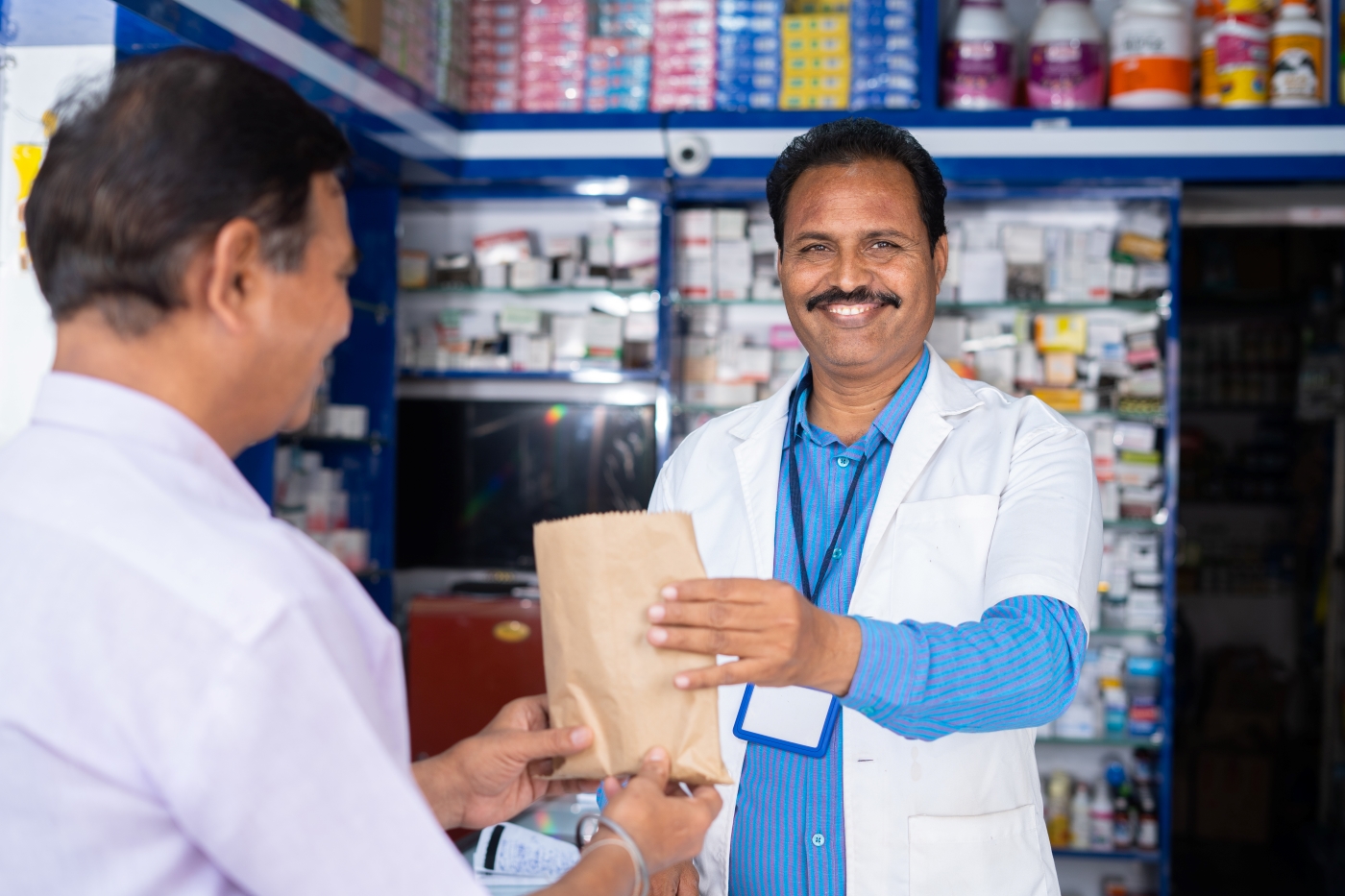Recommended

Blog Post
While some high-income countries are considering specific actions to address the growing burden of antimicrobial resistance (AMR), efforts among low- and middle-income countries are less common. This case study analyzes current efforts in Brazil, a middle-income country, to improve antibiotic stewardship, access, and innovation.
We carried out a desk review of current active efforts, national policies, and procurement processes within the Brazilian Unified Health System (SUS) related to antibiotic access, stewardship, and innovation. We complemented this analysis with 11 expert interviews. All interviewees are currently working within the Brazilian health sector and have direct knowledge of and/or decision-making authority on AMR-related initiatives.
Our desk review and interviews highlighted the importance of three institutions. First, ANVISA, the national health regulatory authority, oversees new drug approvals and is responsible for health surveillance. Second, the Drug Market Regulation Chamber (CMED) regulates drug pricing in Brazil. And third, the Ministry of Health (MoH) manages public health policies and purchases highly specialized health products for SUS.
To further strengthen antibiotic access, stewardship, and innovation in Brazil, we suggest leveraging existing infrastructure. Our proposed model builds upon the traditional Partnerships for Productive Development (PDP) model, in which contract arrangements between the MoH and an official laboratory aim to transfer and absorb the technology and the production of a health product from a private pharmaceutical company over 10 years. The traditional PDP model offers incentives for the partners involved, which include pharmaceutical companies, public laboratories, and SUS. It provides pharmaceutical companies with indirect access to SUS; official local laboratories with advanced technological expertise; and SUS with potential access to new, more affordable products. The PDP model could support the innovative capabilities of local laboratories through the technology transfer process, which is likely to have spillover effects in the development of new drugs.
Our proposed model, the annual fee PDP, recommends minor changes to the traditional PDP. Like subscription models promoted in Sweden and the United Kingdom, the annual fee PDP involves fixed annual payments to pharmaceutical companies in exchange for access to their drugs. Such a measure would delink revenues from sales volumes, hence reducing pharma companies’ incentive to oversell their drugs, while also justifying investments to register new antibiotics which are not yet available in Brazil. We conclude our analysis with a discussion of the appropriate scope, implementation, and political palatability of the annual fee PDP.
Key findings
- Almost 140,000 people die with a drug-resistant bacterial infection in Brazil every year. This burden of AMR is likely rising, due in large part to shortcomings in access, stewardship, and innovation for antimicrobials.
- Brazil’s existing Productive Development Partnerships system could be modified to reduce incentives for overselling and leveraged to improve antimicrobial procurement in Brazil and possibly across the region. This policy option would also support local manufacturing goals set by the Brazilian government.
- Brazil can further address antimicrobial market challenges in its AMR response by modifying pricing policies for new antibiotics, scaling up priority regulatory review processes, expanding AMR stewardship policies, leveraging AMR data for decision-making, and increasing access to diagnostics for antibiotic-resistant infections.
- With the largest pharmaceutical sector in Latin America and the Caribbean and one of the largest in the world, Brazil could lead the way in addressing the access and stewardship gaps for critical antimicrobials.
Si bien algunos países de ingresos altos están considerando acciones específicas para abordar la creciente carga de la resistencia antimicrobiana (RAM), los esfuerzos en los países de ingresos bajos y medios son menos comunes. Este estudio de caso analiza los esfuerzos actuales en Brasil, un país de ingresos medios, para mejorar la gestión de antibióticos, el acceso y la innovación.
Realizamos una revisión de escritorio de los esfuerzos activos actuales, las políticas nacionales y los procesos de adquisición dentro del Sistema Único de Salud (SUS) de Brasil relacionados con el acceso a antibióticos, la gestión y la innovación. Complementamos este análisis con 11 entrevistas a expertos. Todos los entrevistados trabajan actualmente en el sector de la salud en Brasil y tienen conocimiento directo y/o autoridad para la toma de decisiones sobre iniciativas relacionadas con la RAM.
Nuestra revisión de escritorio y las entrevistas destacaron la importancia de tres instituciones. En primer lugar, ANVISA, la autoridad nacional de regulación sanitaria, supervisa la aprobación de nuevos medicamentos y es responsable de la vigilancia sanitaria. En segundo lugar, la Cámara de Regulación del Mercado de Medicamentos (CMED) regula los precios de los medicamentos en Brasil. Y en tercer lugar, el Ministerio de Salud (MoH) gestiona las políticas de salud pública y las compras de productos de salud altamente especializados para el SUS.
Para fortalecer aún más el acceso a antibióticos, la gestión y la innovación en Brasil, sugerimos aprovechar la infraestructura existente. Nuestro modelo propuesto se basa en el modelo tradicional de Asociaciones para el Desarrollo Productivo (PDP, por sus siglas en inglés), en el que los acuerdos contractuales entre el MoH y un laboratorio oficial tienen como objetivo transferir y absorber la tecnología y la producción de un producto de salud de una empresa farmacéutica privada durante 10 años. El modelo tradicional de PDP ofrece incentivos para los socios involucrados, que incluyen compañías farmacéuticas, laboratorios públicos y el SUS. Proporciona a las compañías farmacéuticas acceso indirecto al SUS, a los laboratorios locales oficiales experiencia tecnológica avanzada y al SUS acceso potencial a productos nuevos y más asequibles. El modelo de PDP podría respaldar las capacidades innovadoras de los laboratorios locales a través del proceso de transferencia de tecnología, lo que probablemente tendría efectos secundarios en el desarrollo de nuevos medicamentos.
Nuestro modelo propuesto, el PDP con tarifa anual, recomienda cambios menores en el PDP tradicional. Al igual que los modelos de suscripción promovidos en Suecia y el Reino Unido, el PDP con tarifa anual implica pagos anuales fijos a las compañías farmacéuticas a cambio de acceso a sus medicamentos. Esta medida desvincularía los ingresos de los volúmenes de ventas, reduciendo así el incentivo de las compañías farmacéuticas para sobrevender sus medicamentos, al tiempo que justificaría las inversiones para registrar nuevos antibióticos que aún no están disponibles en Brasil. Concluimos nuestro análisis con una discusión sobre el alcance adecuado, la implementación y la aceptabilidad política del PDP con tarifa anual.
Hallazgos clave:
- Casi 140,000 personas mueren cada año en Brasil a causa de infecciones bacterianas resistentes a los medicamentos. Esta carga de RAM probablemente esté aumentando, en gran parte debido a deficiencias en el acceso, la gestión y la innovación de los antimicrobianos.
- El sistema existente de Asociaciones para el Desarrollo Productivo de Brasil podría modificarse para reducir los incentivos para la sobreventa y aprovecharse para mejorar la adquisición de antimicrobianos en Brasil y posiblemente en toda la región. Esta opción de política también respaldaría los objetivos de fabricación local establecidos por el gobierno brasileño.
- Brasil puede abordar aún más los desafíos del mercado de los antimicrobianos en su respuesta a la RAM mediante la modificación de las políticas de precios de los nuevos antibióticos, la ampliación de los procesos de revisión regulatoria prioritaria, la expansión de las políticas de gestión de la RAM, el aprovechamiento de los datos sobre RAM para la toma de decisiones y el aumento del acceso a pruebas de diagnóstico para infecciones resistentes a los antibióticos.
- Con el sector farmacéutico más grande de América Latina y el Caribe y uno de los más grandes del mundo, Brasil podría liderar el camino en la solución de las brechas de acceso y gestión de antimicrobianos críticos.
Enquanto alguns países de renda alta estão considerando ações específicas para resolver o crescente ônus da resistência antimicrobiana (AMR), os esforços entre os países de renda baixa e média ainda são menos comuns.Este artigo analisa os esforços atuais feitos no Brasil, um país de renda média, para melhorar a gestão, o acesso e a inovação dos antibióticos.
Realizamos uma análise documental dos esforços ativos, das políticas nacionais e dos processos de aquisição atuais do Sistema único de saúde (SUS) brasileiro relacionados à gestão, ao acesso e à inovação em relação aos antibióticos. Complementamos essa análise com entrevistas realizadas com 11 especialistas. Todos os entrevistados trabalham atualmente no setor de saúde do Brasil e têm conhecimento direto e/ou autoridade de tomada de decisão sobre iniciativas relacionadas à AMR.
Nossa análise documental e entrevistas destacaram a importância de três instituições. Primeiro, a ANVISA, a agência nacional de vigilância sanitária, que supervisiona as aprovações de novos medicamentos e é responsável pela vigilância sanitária. Segundo, a Câmara de regulação do mercado de medicamentos (CMED), que regula o preço dos medicamentos no Brasil. E terceiro, o Ministério da Saúde (MS), que gerencia as políticas de saúde pública e compra produtos de saúde altamente especializados para o SUS.
Para fortalecer ainda mais a gestão, o acesso e a inovação dos antibióticos no Brasil, sugerimos aproveitar a infraestrutura existente. O modelo que propomos baseia-se no tradicional modelo de Parcerias para o desenvolvimento produtivo (PDP), no qual acordos contratuais entre o MS e um laboratório oficial visam transferir e absorver a tecnologia e a produção de um produto de saúde de uma empresa farmacêutica privada ao longo de um período de 10 anos. O modelo PDP tradicional oferece incentivos para os parceiros envolvidos, que incluem empresas farmacêuticas, laboratórios públicos e o SUS. Com ele, as empresas farmacêuticas têm acesso indireto ao SUS, os laboratórios locais oficiais têm acesso a conhecimento tecnológico avançado e o SUS tem acesso potencial a novos produtos mais acessíveis.O modelo PDP poderia apoiar as capacidades inovadoras dos laboratórios locais por meio do processo de transferência de tecnologia, o que provavelmente teria impacto no desenvolvimento de novos medicamentos.
O modelo proposto, de PDP com pagamento anual, recomenda mudanças mínimas ao PDP tradicional. Como os modelos de assinatura promovidos na Suécia e no Reino Unido, a PDP com pagamento anual envolve pagamentos anuais fixos para empresas farmacêuticas em troca do acesso aos seus medicamentos. Tal medida desvincularia as receitas dos volumes de vendas, reduzindo assim o incentivo das empresas farmacêuticas à venda excessiva de seus medicamentos, ao mesmo tempo em que justificaria investimentos para registrar novos antibióticos ainda não disponíveis no Brasil.
Concluímos nossa análise com uma discussão sobre o escopo, a implementação e a viabilidade política adequados da PDP com pagamento anual.
Principais conclusões
- No Brasil, a cada ano 140 mil pessoas morrem devido a alguma infecção bacteriana resistente a medicamentos. Essa carga da resistência antimicrobiana (AMR) provavelmente está aumentando, devido em grande parte a deficiências no acesso, gestão e inovação de antimicrobianos.
- O sistema brasileiro de Parcerias para o desenvolvimento produtivo existente pode ser modificado para reduzir os incentivos à venda excessiva e aprimorado para melhorar a aquisição de antimicrobianos no Brasil e, possivelmente, em toda a região. Esta opção política contribuiria também para os objetivos de produção local estabelecidos pelo governo brasileiro.
- O Brasil ainda pode enfrentar os desafios do mercado de antimicrobianos em sua resposta à AMR, modificando políticas de preços para novos antibióticos, ampliando os processos de análise regulatória prioritária, expandindo as políticas de gestão da AMR, utilizando os dados de AMR para a tomada de decisões e aumentando o acesso a diagnósticos de infecções resistentes a antibióticos.
- Com o maior setor farmacêutico da América Latina e do Caribe, e um dos maiores do mundo, o Brasil pode liderar o caminho na resolução das lacunas de acesso e gestão de antimicrobianos essenciais.
Rights & Permissions
You may use and disseminate CGD’s publications under these conditions.






